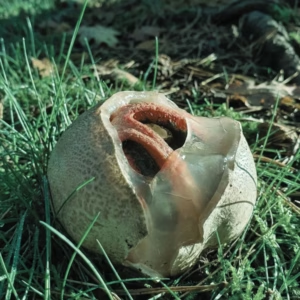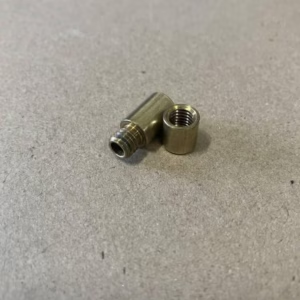Recently, I discovered strange black geometric patterns on the leaves in my garden and initially feared they were some alien infestation. To my surprise, these were actually the eggs of the Mourning Cloak butterfly, also known as Nymphalis antiopa. The eggs are laid in clusters, forming intricate black lace-like patterns across the leaves. Each tiny egg is perfectly shaped, creating a geometric design that is both fascinating and delicate.
After hatching, small black caterpillars with white spots and spiny bodies emerge. They primarily feed on the leaves of trees and shrubs, such as willows, elms, and poplars, rather than garden flowers or vegetables.
This makes them largely harmless to typical backyard gardens. The caterpillars go through multiple growth stages before forming a chrysalis, eventually transforming into beautiful Mourning Cloak butterflies.
These butterflies are recognized by their dark wings edged with yellow and blue spots, making them one of the more striking species in local gardens.
Mourning Cloaks hibernate during winter and are among the first butterflies to appear in spring, signaling the arrival of warmer days. Observing their lifecycle offers a unique glimpse into the complexity of nature and the role each species plays in the ecosystem.
If you come across these eggs or caterpillars, it’s best to leave them undisturbed. They are beneficial to the environment, supporting biodiversity and helping maintain a balanced garden ecosystem.
Watching them transform from eggs to caterpillars and finally into stunning butterflies is a rewarding experience for any nature enthusiast.





